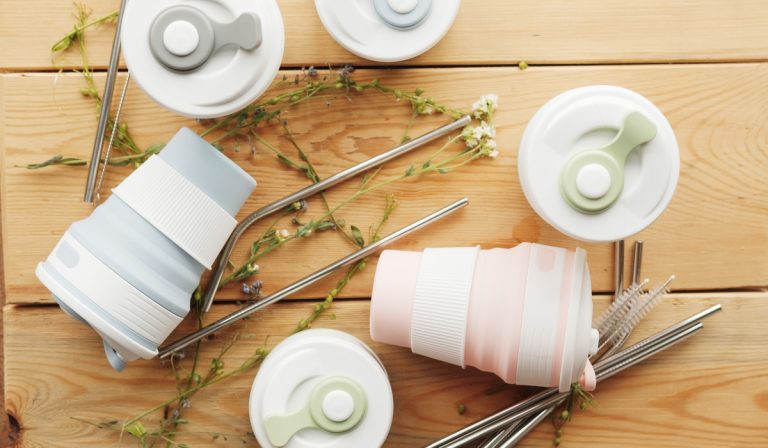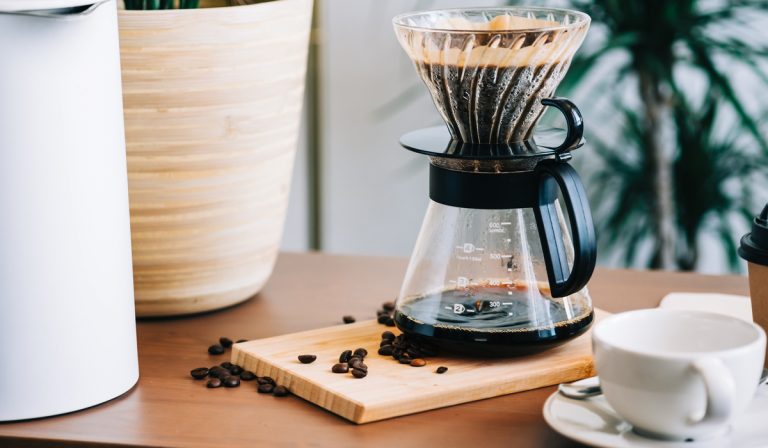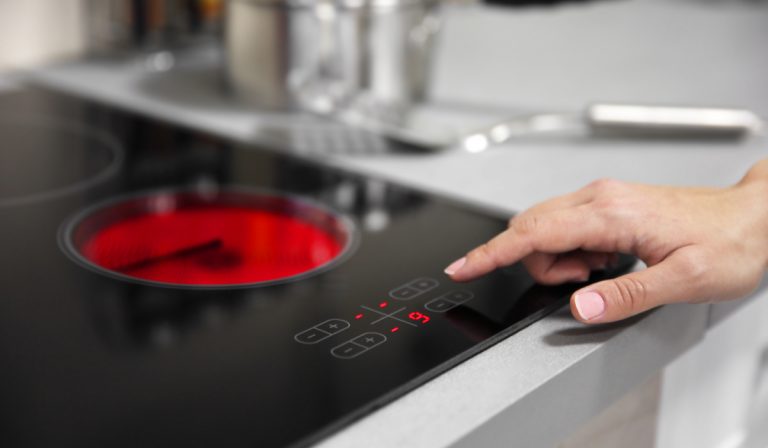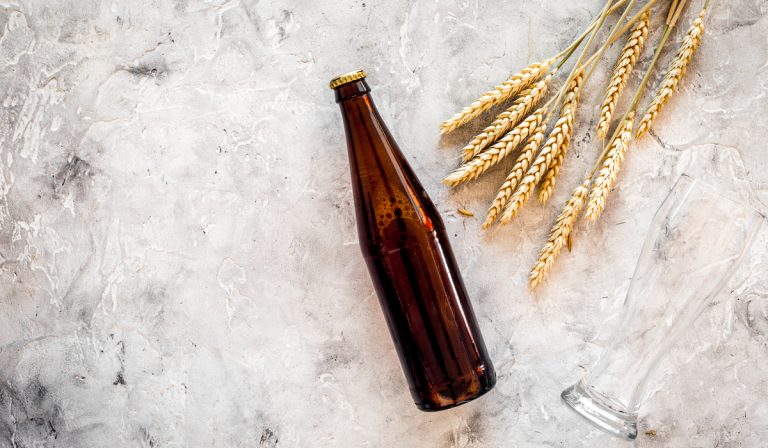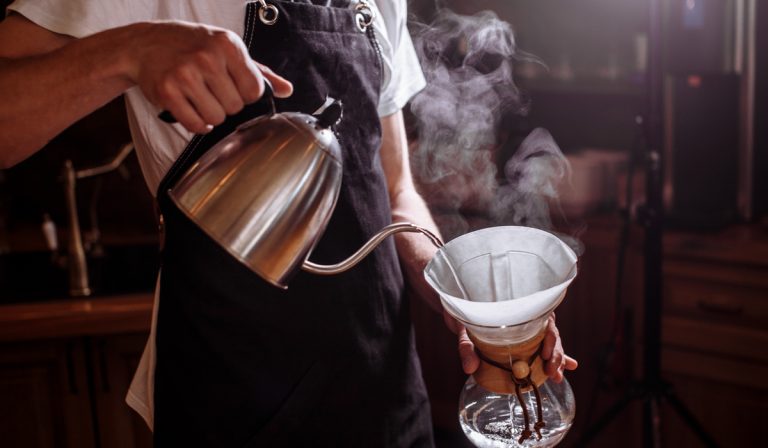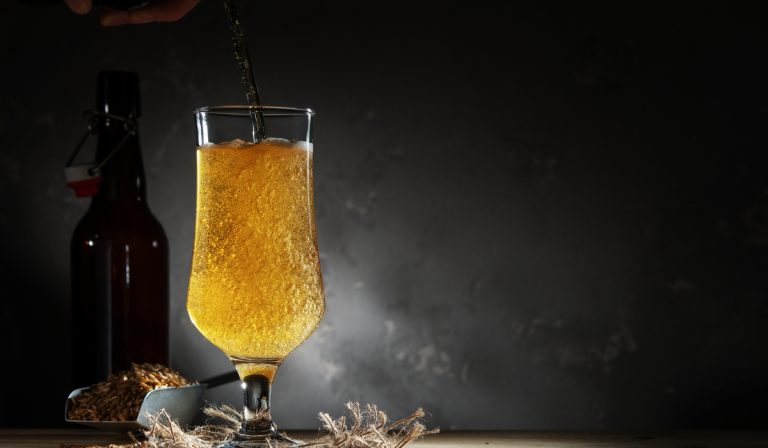Can You Grind Coffee Beans in a Blender? (If Yes, How to?)
For something so simple as a pot of coffee, you can really burn a hole in your wallet. Ways to get your fix can range from the barebones ten-dollar generic coffeemaker to espresso machines that will rack up a cool fifteen-hundred dollars. Coffee grinders can also run up to two-hundred dollars with little regard for your rapidly dwindling bank account.
So in the interest of keeping a roof over your head and not giving into that overly-extravagant devil on your shoulder, we will be looking at if you can use a blender to grind your coffee beans instead.
Can you grind coffee beans in a blender?
Absolutely, you can use a blender and it is a very capable substitute. You can manage a perfectly reliable grind every time with nothing more than an everyday bullet blender.
In this article, we will go over why blending coffee beans is so important to the process and how you can do it with any blender you may have at your disposal.
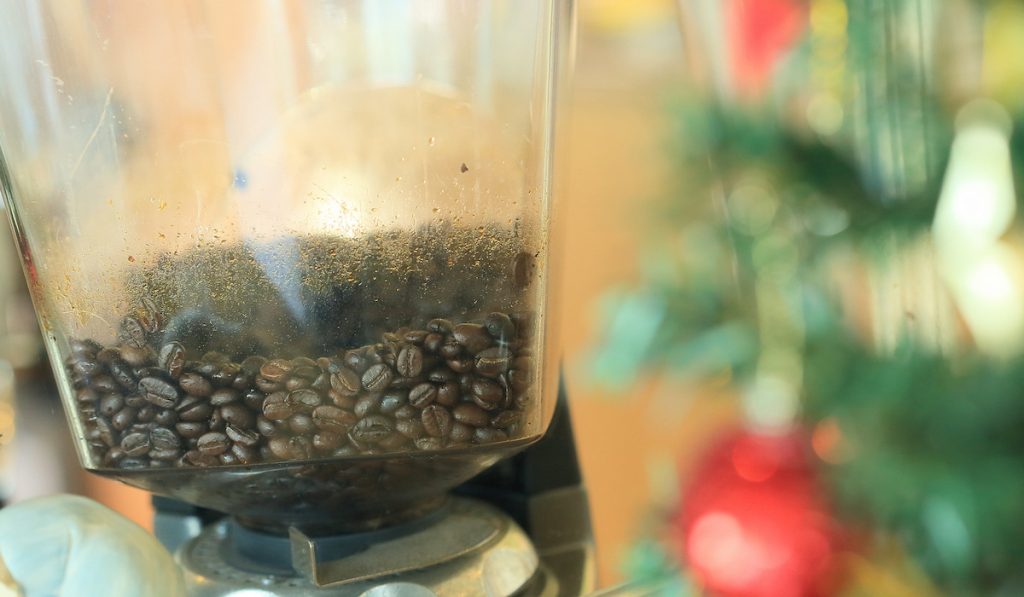
Table of Contents
Why Do We Blend Coffee Beans?
Why Grind?
We have become so used to the daily routine that we often forget to stop and wonder why things work the way they do. What purpose is served in mixing various coffee beans then dicing them up like some caffeine-rich onion?
Well, when coffee is made the water is removing the flavor and oils found sealed within the coffee bean and mixing them together to create that familiar coffee taste we have all grown so attached to. By grinding or blending the coffee beans into a grainy powder, we are aiding the water in mixing these desirable qualities of the bean in a way that is impossible without this process.
Why Blend?
A popular point of debate between passionate baristas is whether or not to do single-origin or a blend. Both offer their own pros and cons, and neither can be discounted for the adventurous enthusiast.
A single origin is when a coffee roast uses only one type of coffee bean throughout and it creates a distinct, unique flavor that stands out.
To some java aficionados, this taste can be very potent and often lean towards overbearing. Other stronger coffee enthusiasts however may enjoy the kick this coffee can offer.
A coffee blend is using several different beans in the grind that may originate in several different countries.
These tend to be preferred and are the more popular of the two as they create a fuller, smoother flavor than a single-origin can provide.
Being so universally picked, many tend to grow comfortable with this flavor over that of its counterpart.
Blended coffee roasts offer a gentler touch that some may find not stimulating or unique enough, while others enjoy the calmer, more receptive flavor profile this type of roast offers.
How to Grind Coffee in a Blender
Regardless of the brand of blender you have, you should be able to reliably make deliciously consistent pots of coffee every time with a few simple steps! The key with blending is to make sure you don’t put too much coffee in at once and over blend the coffee into a cloud of dust.
When blending the coffee beans you want to make sure that the finished product is about the same density throughout or you will suffer a more bitter flavor when you try out the finished product.
For an ideal pot, make sure that the grinds are uniformly one continual size throughout the mixture. If your blender comes with a two-bladed grinder that would be ideal, though four will also be sufficient.
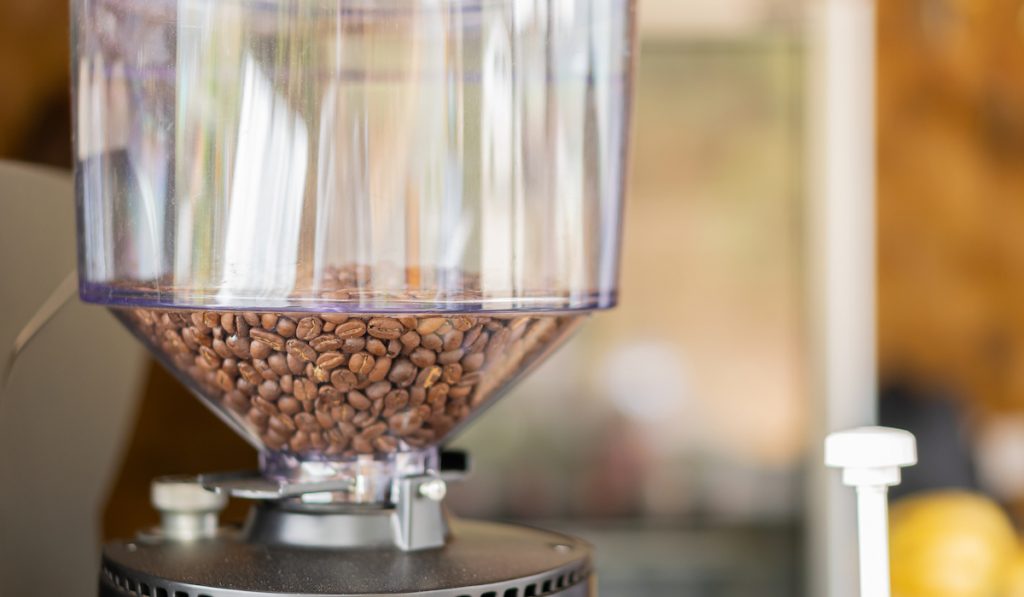
- Measure out about a quarter of a cup of coffee beans and place them in your blender of choice.
- Try to pulse intermittently on medium for a few seconds before stopping. This lessens the temperature and keeps from pre-cooking the beans which would make for a more unpleasant roast.
- As you are pulsing every few seconds check your grounds to make sure they are all getting the same amount of attention from the blades.
- Once you are satisfied with the coarseness of your mixture, go ahead and put it into a filter.
- Repeat steps 1-4 until you have your preferred amount of coffee.
- Enjoy!
If you find your ground coffee is coming up to dusty or too chunky then increase or decrease the speed setting. You can also pulse a bit lighter if you find they are being ground up to unevenly.
In Closing
It may take some getting used to when your first try it out, but that is just the way the coffee crumbles. Before long you won’t be able to tell the difference between your blender and one of those gold-plated coffee grinders you have to take out a loan for. You may even come to prefer the more hands-on approach as it offers more control in how the grounds turn out.
With some ample practice and patience, you will be consuming more coffee than any one person should ever ingest!

